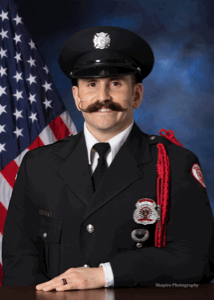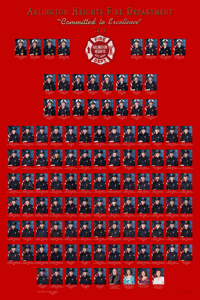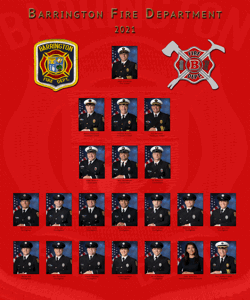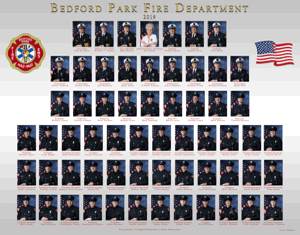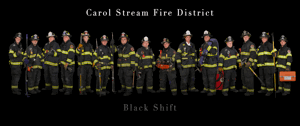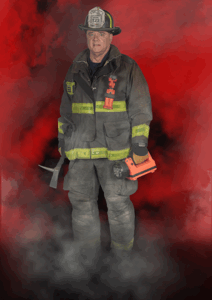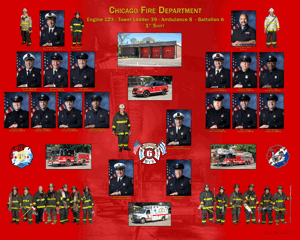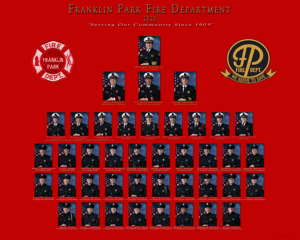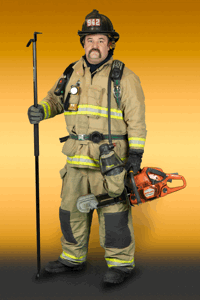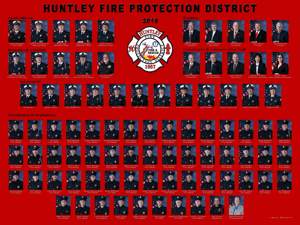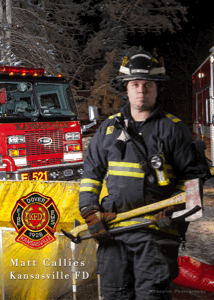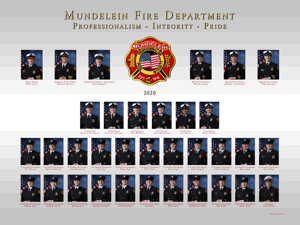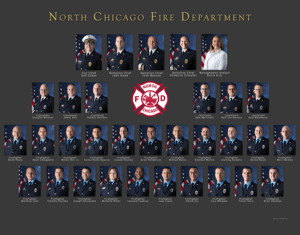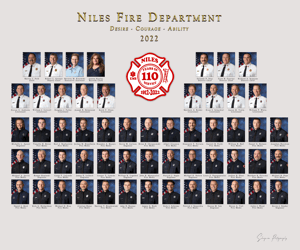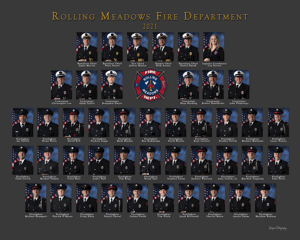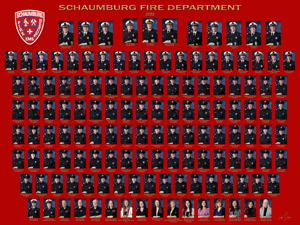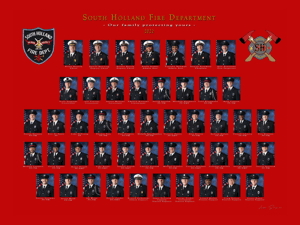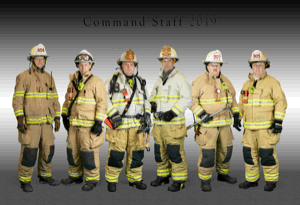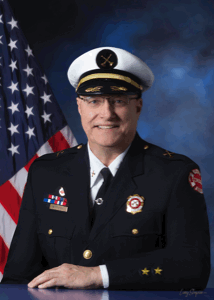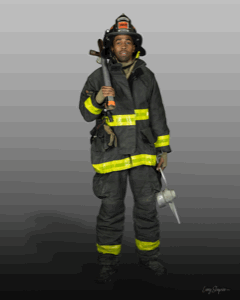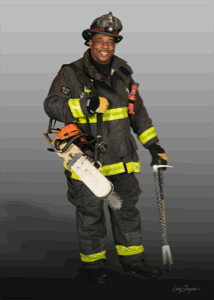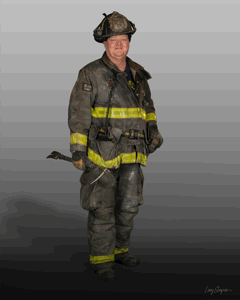Excerpts from the alabamadailynews.com:
Three firefighters in the 36-member Scottsboro Fire Department (AL) have been diagnosed with occupational-related cancer in recent years. One of them died last year. The other two were able to return to work after treatment. One had $20,000 in out-of-pocket expenses, including deductibles and co-pays.
Fire officials around the state praised a new Alabama law that will require local governments to provide supplemental insurance coverage for career firefighters diagnosed with cancer. The bill lists about 20 specific types of cancer, including lung, thyroid, brain, Hodgkin’s lymphoma, and non-Hodgkin’s lymphoma.
The insurance is a better, more flexible option than an expanded workmen’s compensation program. House Bill 360 calls for a lump-sum benefit for firefighters diagnosed with cancer. The cap is $50,000 over a lifetime. There is also a monthly benefit of $3,000 for up to 36 months. The legislation also gives volunteer firefighters and retired firefighters the option of paying for the supplemental coverage themselves.
The Alabama League of Municipalities worked on legislation with firefighters. It estimates the requirement will cost government authorities $200 per policy annually. Local funds would pay for the increase in insurance coverage, which was a part that many of the bill’s cosponsors liked about the bill.
A lot of the cancer-causing contaminants are ingested after the firefighter is done dealing with the deadly fire. When the firefighters return to their station and they fail to properly wash and clean their Personal Protective Equipment, then left over contaminants can be absorbed into the firefighter’s skin and their surroundings. Carcinogens are mostly absorbed through the lungs but the skin is the second most concerning access route.
For firefighters, the dangerous part of their job used to be the actual fires they were putting out or the building collapsing beneath them. However, today cancer is the more likely killer of firefighters.
According to the Firefighter Cancer Support Network, cancer caused 70% of the line-of-duty deaths for career firefighters in 2016. A multi-year study by the National Institute for Occupational Safety and Health found that firefighters had a 9% increase in cancer diagnosis and an 14% increase in cancer-related deaths compared to U.S. population rates.
